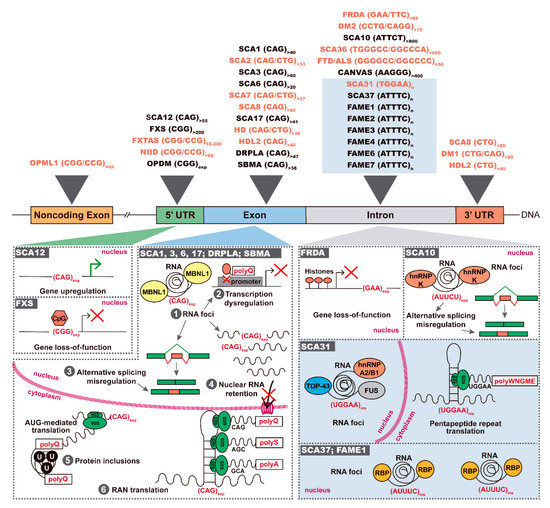Thursday, December 31, 2020
Efficacy and Tolerability of Interferon Gamma in Treatment of Friedreich's Ataxia: Retrospective Study
Saturday, December 26, 2020
FDA requests new trial for Reata's Friedreich's ataxia program; J&J's Tremfya picks up expanded label in Europe
Thursday, December 24, 2020
PTC Therapeutics announced the initiation of its third study of 2020 investigating vatiquinone.
A Study to Assess the Efficacy and Safety of Vatiquinone for the Treatment of Participants With Friedreich Ataxia (MOVE-FA)
Insights Into the Roles of the Sideroflexins / SLC56 Family in Iron Homeostasis and Iron-Sulfur Biogenesis
Tuesday, December 22, 2020
Seelos Therapeutics Announces Issuance of a Patent for Trehalose (SLS-005) in Israel
Friday, December 18, 2020
Rehabilitation for ataxia study: protocol for a randomised controlled trial of an outpatient and supported home-based physiotherapy programme for people with hereditary cerebellar ataxia
Effects of Fe2+/Fe3+ Binding to Human Frataxin and Its D122Y Variant, as Revealed by Site-Directed Spin Labeling (SDSL) EPR Complemented by Fluorescence and Circular Dichroism Spectroscopies
Wednesday, December 16, 2020
Minoryx’s clinical candidate leriglitazone shows clinical benefit in a proof of concept Phase 2 study in Friedreich´s ataxia
Saturday, December 12, 2020
Calcitriol increases frataxin levels and restores mitochondrial function in cell models of Friedreich Ataxia
Friday, December 11, 2020
Thioredoxin and Glutaredoxin Systems as Potential Targets for the Development of New Treatments in Friedreich’s Ataxia
Friedreich’s Ataxia Center of Excellence at CHOP Awarded $1.275 Million to Advance Medical Research
Thursday, December 10, 2020
Safety and feasibility of upper limb cardiopulmonary exercise test in Friedreich ataxia
Tuesday, December 8, 2020
Larimar Therapeutics Announces Completion of Dosing of the Single Ascending Dose Clinical Trial in Friedreich’s Ataxia Patients and Provides Program Update
BALA CYNWYD, Pa., Dec. 08, 2020 (GLOBE NEWSWIRE) -- Larimar Therapeutics, Inc. (“Larimar”) (Nasdaq: LRMR), a clinical-stage biotechnology company focused on developing treatments for complex rare diseases, today announced the completion of dosing from the Company’s Phase 1 single ascending dose (SAD) clinical trial (n=28) evaluating CTI-1601 as a treatment for Friedreich’s ataxia (FA) and provided additional updates regarding the status of an ongoing multiple ascending dose (MAD) clinical trial, the timing of Phase 1 topline results, and future activities planned for 2021.
A Safety Review Committee reviewed preliminary blinded data after each cohort of the placebo-controlled SAD clinical trial and recommended continuation of the trial. Dosing has been completed and based on preliminary data, single subcutaneous injections of CTI-1601 at doses up to 100 mg are thought to have been well tolerated. Injection site adverse events were mild and transient, and no serious adverse events were reported. Analysis of clinical trial results remains ongoing.
Patients completing the SAD and/or MAD clinical trials are eligible to screen for an open-label extension clinical trial, which is expected to initiate in the second half of 2021. Larimar also expects to initiate a MAD clinical trial in patients under 18 years of age in the second half of 2021.

